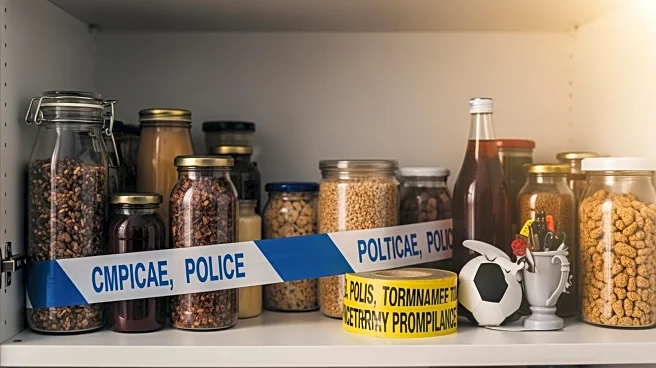What's Happening?
The Trump administration's plan to reduce SNAP benefits could result in millions of low-income Americans receiving no aid this month. The Center for Budget and Policy Priorities has analyzed the partial
payment plan, revealing that households receiving maximum benefits will see cuts of about 50%. Those with some income may lose a larger share, with some households receiving as little as $12 or nothing at all. The complexity of implementing these changes poses significant challenges for states, potentially delaying payments.
Why It's Important?
The reduction in SNAP benefits could have severe consequences for food security among low-income households. With nearly 5 million people potentially receiving no benefits, the plan could exacerbate poverty and hunger. States face procedural challenges in implementing the changes, which could lead to delays in aid distribution. The situation highlights the need for efficient systems to manage social welfare programs and the impact of federal policy decisions on vulnerable populations.
What's Next?
States are seeking simpler methods to distribute SNAP benefits, similar to those used during pandemic-related aid. Pennsylvania has requested permission to use a faster approach, which would provide half the usual payment to all recipients. The USDA's response to these requests and the administration's willingness to adjust the plan will be crucial in determining the outcome for millions of Americans relying on food assistance.












